Money Saving Tips
Affordable Alternatives For All Your Woodworking Projects
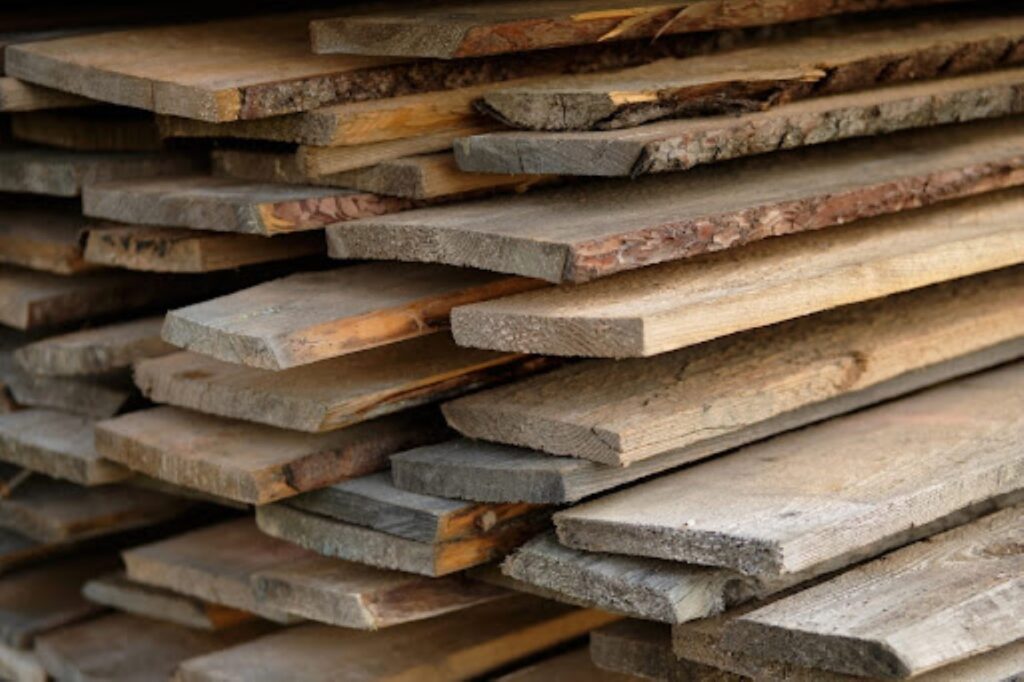
It was my parents’ favourite frequently used saying – ‘Money doesn’t grow on trees’. Well, maybe not. However, wood does (kind of) grow on trees. But even so, it doesn’t mean it’s going to be cheap, or always available. And, whether it’s logs for the fire, reclaimed floorboards or a particular plank of exotic hardwood, the price of wood is on the increase. So now, more than ever, it’s time to look at all the affordable alternatives and start to think outside of the box.
Save money. Save a tree.
Using alternatives to shop bought new timber can offer more benefits than simply helping to keep costs down. Whether your project is large or small, I’m sure you’ll find one or more of these ideas really useful. They could save you a small fortune and you might be helping to save a tree as well. So what’s not to like?
Top tips & ideas to help save your wallet and the environment
Does it need to be new?
When making something out of wood you obviously need wood to use wood, that’s a given. So you’ll probably head to your nearest timber merchants or hardware store to buy what you need. But before you do, let’s stop and think about it. Does it really need to be expensive new wood? More often than not, used or reclaimed wood can be just as beautiful, if not more so, than new wood. And the cost is often much, MUCH less.
Reclaimed wood
This could be any wood that’s been used on a previous project and could be sourced from a huge variety of different places. Think old floorboards that have been replaced, wooden cladding, scaffold boards or a wooden cabin that’s been dismantled. I’m always on the lookout for old wood in skips and at the recycling centres – you’ll be amazed at some of the stuff that people throw away! – and I’ve had some great finds.
Looking to put up a new shelf? Well, you could go and buy a pristine piece of wood that will look clean and tidy, so job done. But what about using an old reclaimed plank instead? Hey presto, you’ve instantly got a feature shelf that has age, character, history, and is a great talking point. Doesn’t that sound like a much more interesting and less expensive option?
Get creative with reclaimed oak
Take this console stand I made recently for example. I made this from a few old oak beams that were destined for the tip. They were partially fire damaged, rotten at the ends and full of rusty old nails. With a circular saw, an angle grinder with a sanding disc and two hours work, I had several very heavy pieces of oak to work with. And they’d cost me next to nothing!
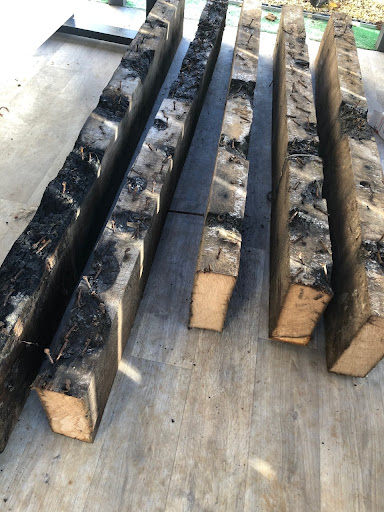
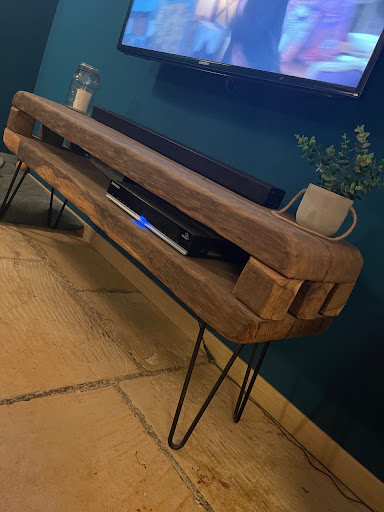
Pick up a pallet or two
Now, bear with me on this. I know pallet wood is a bit of a cliché when it comes to cheap or affordable wood, but there’s a good reason why it’s so popular and widely used. It’s very affordable and very often it’s available for free! Just ask around a few shops and warehouses, in fact anywhere that may have some whole or broken pallets taking up space. Building sites often have stacks of materials delivered on pallets and whilst some are destined to be returned, there are still a lot left piled up in a corner of a yard, unloved and unused.
Ok, it can be a bit of a pain to remove individual planks from a pallet. But at the end of the day it’s only a couple of extra hours and the results are well worth the extra effort. Pallets provide lots of perfectly usable pieces of wood that normally have a great ‘naturally aged’ appearance and texture.
Inspirational DIY pallet projects
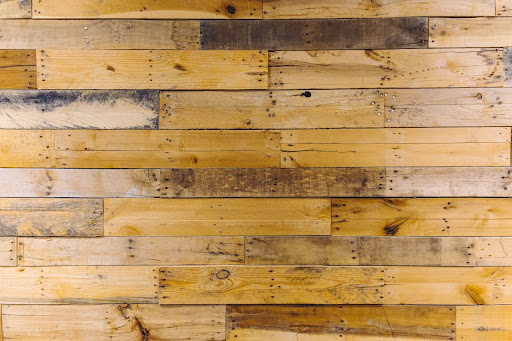
Reuse furniture
If you’re looking for good wood, then why not consider something that’s already made from wood? Whilst others might see a worn out old barn door, or a wonky table protruding from the rubbish heap, I see something that can be easily taken apart. Strip back an old farmhouse door and you’ve got several beautiful rustic planks, with years of character just waiting to be given a new life!
But I’m not just talking about old doors and tables. Take an ugly old buffet or dresser unit. They’re not to everyone’s taste but stripped down, sanded and oiled or wax-finished and you’ll have some wonderful ‘new’ wood panels and doors. And what are the back and bottom of this old cabinet usually made from? You got it in one – more glorious wood!
Ask around
If you feel the need to buy new, then don’t run straight to your nearest hardware store. There are lots of other really good, inexpensive alternatives. Try the local sawmills, carpentry workshops, flooring manufacturers, window and door companies or even furniture makers. These places are often more affordable than big Brico chain stores and more approachable too. Tell them what you are looking for and ask if they’ve got any off-cuts or leftovers. They might have a few pieces with slight imperfections that they can’t use for their project, but they could be perfect for yours. You could actually be doing them a favour by taking it off their hands, so don’t be afraid to ask.
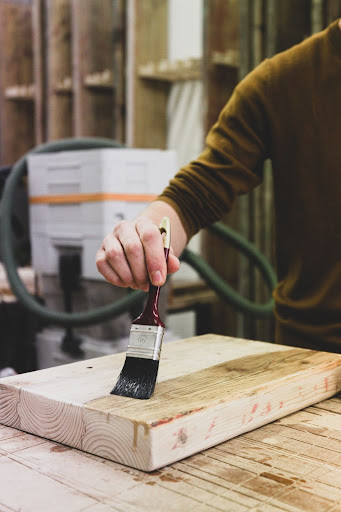
Give pine a chance
Pine, or “Sapin” wood as it’s called here in France, is often overlooked for many projects and I’ve never really understood why. Sure, it’s not as hard or as strong as your typical oak and other hardwoods, but if your project doesn’t need to be in hardwood, perhaps try pine. It’s more affordable and available than most other woods, and with the right finish it can be just as attractive. In fact, because of its lighter colour and wider grain, pine is perfect for a wide variety of finishes such as wax, staining, burning and ageing. It’s also extremely easy and lighter to work with too.
Construction wood
This might not be something that would even enter your mind when thinking about sourcing good wood, but maybe it should be. Construction wood or timber is often much cheaper, simply because it hasn’t been neatly finished, as in planed or sanded. However, if that doesn’t matter for your project then construction wood could be worth thinking about. But even if you are looking for a good, clean finish you can always do this yourself. All it takes is a little bit of time and elbow grease, but think of the money you’d save.
Invest in the right tools
I have many tools in the workshop which are used on a daily basis and I couldn’t live without them. But probably the most cost effective tool that I have ever purchased is a thicknesser planer. If you are serious about woodworking – and saving money! – then it’s a must, because you can create your own wood from other pieces. Whether it’s rough sawn wood, construction timber, reclaimed planks or old varnished floor boards, it doesn’t matter. Pass a piece of rough, untidy wood through one of these magic machines and it will be transformed into a perfectly flat, neat piece for you to work with. Just one word of advice – make sure there are no old nails or screws in it first!
Other Wood Alternatives
So I have one final question to ask about what you’re planning to create. Does it have to be made from real solid wood? Because if not then it could well be worth thinking about other more affordable alternatives such as MDF or plywood type products. Made from recycled wood materials, these can be great substitutes for some, not all, projects. The overall finish on plywood is often a very beautiful wood grain and the layered structure makes it very strong and versatile. MDF (Medium-Density Fibreboard) is a far cheaper option and whilst it doesn’t have a wood grain, it can be extremely useful in a multitude of projects, especially if it’s destined to be painted anyway.
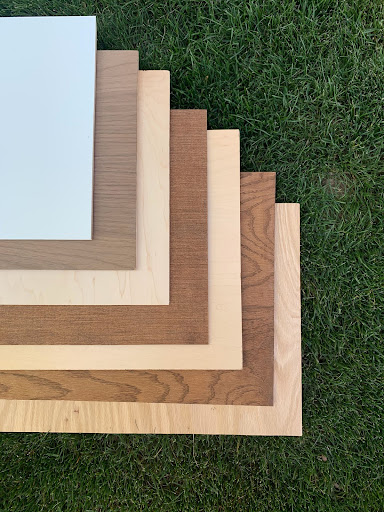
Something else to consider..
I hope I’ve given you a few ideas about how you can save money on your next woodworking project. And although money doesn’t grow on trees, there are plenty of other things that trees do provide that we need to survive. So let’s try and save a few trees while we’re working with wood.
Owen Duggan
LuxSabre – the art of illumination





